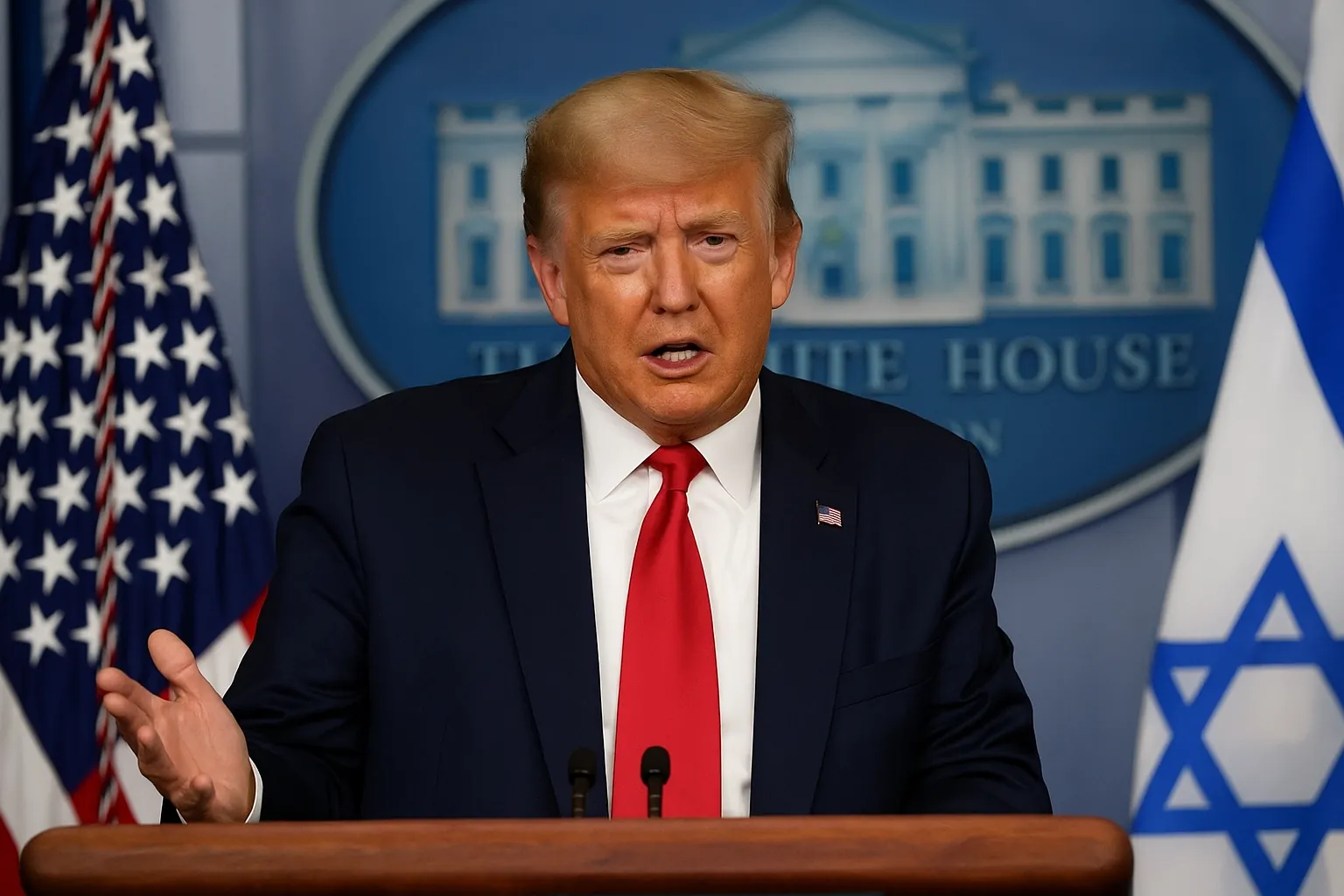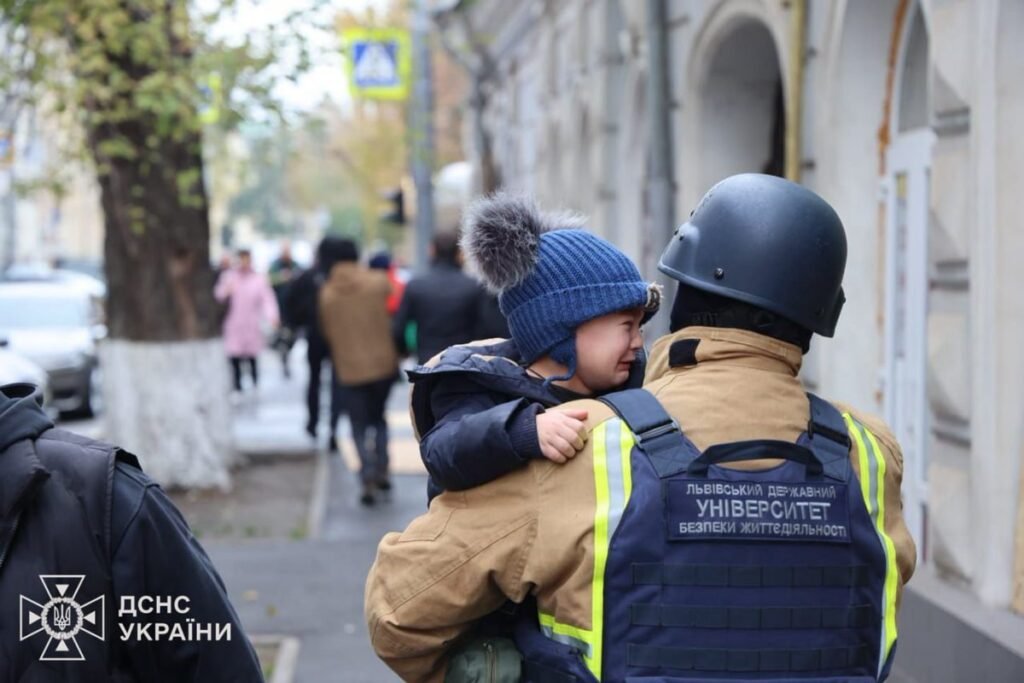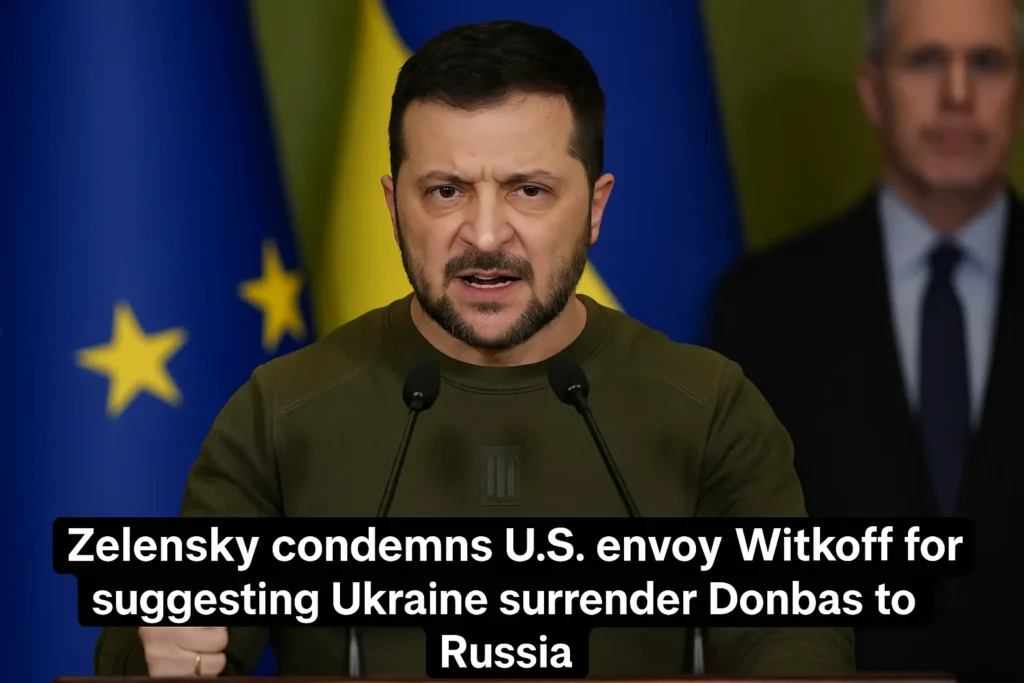Two years after the October 7 attacks, the world witnessed an unexpected twist: President Donald Trump ordering Israel to halt its bombardment of Gaza after Hamas accepted a partial U.S.-brokered peace framework. It was a move that stunned diplomats and enraged hardliners in both Tel Aviv and Washington — yet, for the first time in nearly two years, the word ceasefire entered the political lexicon with a sense of possibility rather than illusion.
Context: a war entering its third year
For 23 months, the Gaza war has defined the Middle East’s instability. Tens of thousands dead, cities reduced to dust, and a generation of Palestinians trapped between militant rule and Israeli retaliation. Trump’s directive arrived on the symbolic anniversary of Hamas’s 2023 assault — an event that reshaped Israel’s politics and reignited global divisions.
Israeli forces had intensified their air campaign in recent weeks, targeting what they called “remaining Hamas infrastructure.” But Washington’s tone shifted after Hamas agreed to a partial plan involving prisoner exchanges and humanitarian corridors. According to Egyptian mediators, the draft proposal includes the release of 50 Israeli hostages in exchange for 300 Palestinian detainees and a temporary halt to air operations.
Trump, seeking to reclaim his image as the ultimate dealmaker, framed the move as “a step toward lasting stability.” His aides privately admitted it was also a calculated risk — a bid to restore U.S. leverage in a conflict that has long defied American control.
Oppositional argument: symbolism over substance
Yet beneath the optimism lies ambiguity. Trump’s order to halt Gaza bombing might sound decisive, but its implementation depends entirely on Israel’s willingness — and Netanyahu’s government is anything but compliant. Israeli officials publicly welcomed U.S. engagement while privately rejecting external pressure.
Critics accuse Trump of stage-managing diplomacy for political optics. “He’s chasing headlines, not peace,” said one former U.S. envoy. Indeed, the so-called partial peace plan doesn’t demand Hamas’s disarmament or guarantee Israel’s long-term security. It buys time, not resolution.
The directive also exposes contradictions in Trump’s foreign policy: the same administration that backed Israel’s 2023 retaliation now urges restraint. It’s a whiplash diplomacy that raises questions — is this a genuine moral awakening or a campaign-season pivot?
Analytical breakdown: motives and timing
Trump’s sudden involvement reflects both political and geopolitical calculus. With U.S. elections looming, foreign policy “wins” carry symbolic weight. The Gaza war, now deeply unpopular across Western capitals, offers a stage for statesmanship.
Economically, Washington faces pressure from global markets weary of conflict volatility. Oil prices spiked 6% after renewed strikes in Rafah last month; regional stability directly influences American inflation and energy costs. A ceasefire — even temporary — could ease investor anxiety and bolster Trump’s domestic narrative of control.
Yet the deeper motive may be strategic containment. Iran’s growing footprint in Gaza and Lebanon threatens to shift the regional balance. By freezing Israel’s offensive, Trump indirectly curtails Tehran’s justification for escalation. Diplomacy here isn’t altruism — it’s a shield against a wider Middle East implosion.
Human perspective: exhaustion and fragile hope
In Gaza, hope feels both necessary and cruel. Civilians describe days filled with drone noise, dust, and hunger — interrupted now by rumors of peace. “We don’t trust anyone,” said Mariam Al-Salhi, a nurse in Khan Younis. “But if they stop bombing for one day, maybe that’s a start.”
In Tel Aviv, the atmosphere is conflicted. Families of hostages have demanded negotiation for months, clashing with hardliners who insist only force can ensure safety. A protester outside the Knesset shouted, “Bring them home — not more funerals!” The phrase has since flooded Israeli social media, reflecting fatigue across ideological lines.
Counterarguments
Skeptics warn the peace plan could backfire. Hamas may use the pause to rearm, and Israeli intelligence distrusts its promises. Analysts at the Institute for National Security Studies note that “every ceasefire without verification invites repetition of 2023.”
Conversely, human rights groups argue that rejecting dialogue perpetuates a moral vacuum. “If not now, when?” asked an Amnesty observer stationed in Cairo. “How many more anniversaries can the world stomach?”
The truth likely lies between pragmatism and exhaustion. Both sides are too broken for victory, yet too stubborn for surrender. Trump’s intervention exploits that exhaustion — an opportunity framed as mercy.
Conclusion: a ceasefire or a campaign slogan?
Trump’s order to halt Gaza bombing embodies his trademark mix of boldness and volatility. It may bring a temporary calm, but its long-term impact depends on whether Washington sustains pressure and whether Netanyahu yields.
Still, for millions in the region, even a fleeting silence in the skies counts as progress. The war that began with terror and vengeance now reaches a crossroads where diplomacy, however self-serving, might finally offer breath.
But let’s be clear: if this ceasefire is just another photo op, the next explosion will be louder — and no U.S. directive will silence it.
External Links
67 views






